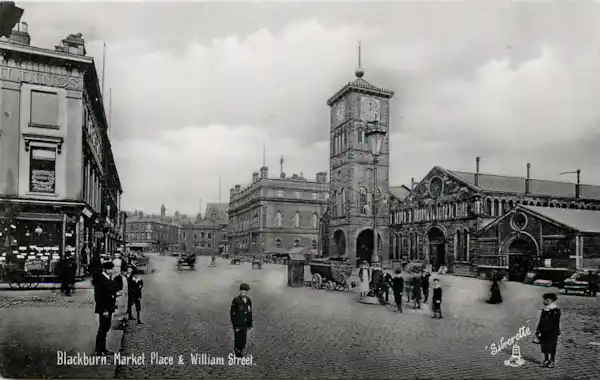01 April 2019
|
Discover how to find your ancestors on the census for England, Wales, Scotland and Ireland, bridging the gap between birth, marriage and death records.
What is the census?
The census is an official count of people and households across the UK which has been taken every ten years since 1801 (with the exception of 1941) although the first census to mention individuals is the 1841 census.
If you can find your ancestors on the census, you can see a ‘snapshot’ of that person's household in each decade, showing you where they lived, worked, who was resident in the household, and even what their neighbourhood was like.
The information gathered at each census varied from year to year, with more information added each time the census was taken, but at a minimum you can expect to find the name and age (approximate for the 1841 census) of each person resident at a given address on census night, plus information such as their place of birth, occupation, marital status and relationship to the person listed as head of household.
How was the census compiled?
Census data was gathered by an enumerator who literally walked the streets of his or her allocated enumeration district and collected a completed census form from each household, helping householders to fill in missing information when required. The census forms were then transcribed into an enumerator’s book, and it is these books which we now consult, as the original forms no longer exist for most censuses.
Because the enumerator was copying information from handwritten forms, errors did occur, as David Annal, owner of Lifelines Research, cautions: ‘When searching for your ancestors online in the census returns, it’s worth familiarising yourself with the process that led to the details appearing on the website.
‘It was a three-part process: first the householder entered their family’s details onto a schedule; this was then collected by the enumerator, who copied the details into his summary book. Finally, the details were transcribed by a team working for the website.
‘It’s not difficult to see how easy it is for errors to creep in as the information gets copied from one source to another and you also need to bear in mind that the information supplied by your ancestor in the first place may not have been accurate – either through lies, wilful deceit or blissful ignorance!’
Because of the personal nature of the information collected, householders were assured that the information on the census would not be released to the public during their lifetime, which means that census data is subject to a 100-year secrecy rule, therefore the 1911 census is the most recent census available.
How to access the census for family history research
You can access the census either in person at the National Archives and in many county record offices and regional libraries, as well as online at sites including Ancestry, FindMyPast and Family Search. These websites offer free index searches, which can be done by name and place, and you then pay to view the relevant record.
The censuses for Wales (1841 to 1901) are kept by National Library of Wales in Aberystwyth; National Records of Scotland in Edinburgh has census records for all of Scotland, which are available via the Scotland’s People website; whilst the 1901 and 1911 censuses for Ireland are held by the National Archives of Ireland, available online.
Once you’ve found your ancestor on a particular census, be sure to look at the whole household, as the family may have relatives living with them. Check entries for neighbouring houses and streets too; not only might you find other relatives but it’s interesting to gauge the prosperity of an area by looking at occupations, number of servants, etc.
Why isn’t my ancestor listed on the census?
- Their name could have been misspelt. Try a wildcard search online;
- They could be serving in the Army or have emigrated;
- The person may have been absent from their home address on census night;
- The household could have moved from the area you are searching.
The 1921 Census
Released on 6 January 2022, we have put together a dedicated page with lots of helpful tips and advice for searching the 1921 Census. Click here to get started.









